Home>Home Maintenance>How To Track Home Repairs


Home Maintenance
How To Track Home Repairs
Modified: March 6, 2024
Learn how to effectively track and manage home repairs with our comprehensive guide. Stay on top of your home maintenance tasks and ensure your property remains in top condition.
(Many of the links in this article redirect to a specific reviewed product. Your purchase of these products through affiliate links helps to generate commission for Storables.com, at no extra cost. Learn more)
Introduction
Welcome to the world of home maintenance! As a responsible homeowner, one of your key responsibilities is to ensure that your property is well-maintained and in good repair. From fixing leaky faucets and repairing broken tiles to addressing electrical issues and improving energy efficiency, there are numerous home repairs that need your attention.
However, keeping track of all these repairs can become overwhelming, especially if you have multiple tasks and ongoing projects to manage. This is where the importance of a home repair tracking system comes into play. By implementing an effective tracking system, you can stay organized, prioritize repairs, and ensure that your home remains in top condition.
In this article, we will explore the reasons why tracking home repairs is crucial and provide you with practical tips and tools to set up an efficient tracking system. So let’s dive in and discover the benefits of keeping a detailed record of your home maintenance activities!
Key Takeaways:
- Keep a detailed record of home repairs to save time, money, and stress in the long run. It helps with budgeting, warranty claims, and planning renovations.
- Set up a home repair tracking system by choosing a centralized location, creating a repair log, and organizing by categories. Choose the right tools for tracking based on your needs and budget.
Read more: How To Keep Track Of Home Improvements?
Why Track Home Repairs
Tracking home repairs is essential for several key reasons. Let’s explore the main benefits of maintaining a detailed record of your home maintenance activities:
- Preventive Maintenance: By tracking repairs, you can establish a proactive approach to home maintenance. Regularly reviewing and updating your repair log allows you to identify patterns and trends, enabling you to anticipate potential issues and address them before they become major problems. This helps you save time, money, and unnecessary stress in the long run.
- Budgeting and Financial Planning: Keeping track of home repairs allows you to accurately budget and plan your finances. By recording the costs of repairs, replacements, and maintenance tasks, you can estimate future expenses and allocate funds accordingly. This helps you avoid financial surprises and ensures that you have adequate resources to maintain your property properly.
- Warranty and Insurance Claims: Having a comprehensive repair record can be incredibly helpful when dealing with warranty claims or insurance companies. In the unfortunate event of damage or malfunction, you can easily provide proof of previous repairs and demonstrate that you’ve diligently maintained your home. This can expedite the claims process and increase the chances of a successful outcome.
- Home Improvement and Renovation Planning: Tracking repairs provides valuable insights for future home improvement projects. By understanding the frequency and nature of previous repairs, you can prioritize renovations and upgrades that address recurrent issues. This ensures that your investment in renovation is targeted and effectively addresses the root causes of problems.
- Property Appraisal and Selling: A well-documented repair history adds value to your property, especially when it’s time to sell. Prospective buyers appreciate transparency and knowing that a home has been properly maintained. By showcasing your comprehensive repair log, you can establish trust and potentially negotiate a higher selling price.
In summary, tracking home repairs enables you to take a proactive approach to maintenance, effectively plan your finances, streamline warranty and insurance claims, make informed improvement decisions, and add value to your property. Now that we understand the importance of tracking, let’s explore how to set up a home repair tracking system.
Setting Up a Home Repair Tracking System
Now that we understand the benefits of tracking home repairs, let’s explore how to set up an effective system to keep everything organized. Follow these steps to create your own home repair tracking system:
- Choose a Centralized Location: Designate a specific area or folder where you will store all your home repair records. This can be a physical file cabinet or a digital folder on your computer. Having a centralized location makes it easier to access and update records whenever needed.
- Create a Repair Log: Start by creating a detailed log of all repairs and maintenance tasks. Include essential information such as the date of the repair, a brief description of the issue, the steps taken to fix it, and any relevant notes or observations. You can use a simple spreadsheet or a dedicated home repair tracking app to streamline the process.
- Organize by Categories: Divide your repair log into categories based on the type of repairs. This could include categories like plumbing, electrical, HVAC, landscaping, etc. This makes it easier to search and reference specific repairs when needed.
- Include Supporting Documents: Attach relevant documents, such as receipts, invoices, warranty information, and product manuals, to each repair entry. This helps provide a complete record of the repair and makes it easier to access important details in the future.
- Utilize Photos: Take photos of the repairs before and after completion. These visual references can be valuable when communicating with contractors, submitting insurance claims, or documenting the condition of the property over time.
- Regular Updates: Make it a habit to update your repair log regularly. This ensures that your records are accurate and up-to-date. Set a specific time each month to review and enter any recent repairs into the system.
By following these steps and maintaining a consistent approach to recording and organizing your repairs, you can establish a reliable home repair tracking system that will serve you well for years to come. However, to streamline the process, it’s important to choose the right tools for tracking. Let’s dive into that next.
Choosing the Right Tools for Tracking
When it comes to tracking home repairs, choosing the right tools can greatly enhance your efficiency and effectiveness. Here are some options to consider:
- Spreadsheets: Spreadsheets, such as Microsoft Excel or Google Sheets, offer a simple and customizable solution for tracking repairs. You can create columns for dates, descriptions, costs, and any other relevant information. Spreadsheets are easily accessible and can be shared with other household members, making collaboration seamless.
- Home Repair Apps: There are numerous home repair tracking apps available for both iOS and Android devices. These apps provide pre-designed templates and categories for recording repairs, making it easy to enter and organize your maintenance activities. Some apps even offer additional features like reminders, cost tracking, and photo attachments.
- Cloud-Based Solutions: Cloud-based platforms like Evernote or Google Drive allow you to store and access your repair records from any device with an internet connection. This eliminates the risk of losing valuable information and provides easy sharing capabilities with contractors or family members.
- Property Management Software: If you’re a landlord or own multiple properties, property management software can be a valuable investment. These comprehensive platforms not only track repairs but also handle rental income, expenses, lease agreements, and more. Property management software simplifies the tracking process by integrating all property-related tasks into one centralized system.
When choosing the right tools for tracking, consider your specific needs, level of technical expertise, and budget. Remember, the goal is to find a solution that is user-friendly, versatile, and aligned with your preferred method of record-keeping. Whether you opt for a traditional spreadsheet or a high-tech app, the most important aspect is finding a tool that works for you and enables you to easily maintain and access your home repair records.
Now that you have a clear understanding of how to track home repairs and the tools available to facilitate the process, let’s move on to creating a home repair checklist to ensure that you don’t miss any important tasks.
Creating a Home Repair Checklist
A home repair checklist is a valuable tool that helps you stay organized and ensures that no repair or maintenance task slips through the cracks. Here are some steps to create an effective checklist:
- Assess Your Home: Start by conducting a thorough assessment of your property. Take note of any areas that require repair or maintenance, such as leaky faucets, peeling paint, or malfunctioning appliances. Walk through each room and inspect both the interior and exterior of your home.
- Group Tasks by Priority: Prioritize the repair tasks based on their urgency and importance. Categorize them into high-priority, medium-priority, and low-priority tasks. This helps you focus on critical repairs first while also maintaining a balance between immediate needs and long-term maintenance.
- Create a Schedule: Determine the frequency at which each repair or maintenance task should be performed. Some tasks may be monthly, such as changing HVAC filters, while others may be done annually, such as inspecting the roof. Set reminders or mark dates on a calendar to ensure you stay on track.
- Include Seasonal Tasks: Certain maintenance tasks are seasonal and should be included in your checklist. For example, cleaning gutters in the fall and checking insulation in the winter. Take note of these tasks and incorporate them into your schedule accordingly.
- Add Details and Instructions: Provide specific instructions and details for each repair task on your checklist. Include relevant information such as the tools required, step-by-step instructions, and any safety precautions. This helps ensure that you have all the necessary information at hand when it’s time to perform the repairs.
- Review and Update Regularly: Periodically review and update your home repair checklist to accommodate any changes or additions. It’s important to keep your checklist dynamic and relevant to the current state of your home. Adding tasks as you discover them ensures that your maintenance plan remains comprehensive.
By creating a detailed home repair checklist, you’ll have a clear roadmap to guide your home maintenance efforts. This not only helps you stay organized but also ensures that you tackle repairs in a systematic and efficient manner. Now that you have a checklist in place, it’s important to record the details of each repair as you complete them.
Read more: How To Get Garage Door Back On Track
Recording Repair Details
Recording the details of each repair you complete is crucial for maintaining an accurate and comprehensive home repair history. Here are some key points to consider when recording repair details:
- Date and Time: Begin by noting the date and time when you completed the repair. This helps you track the frequency of repairs and identify any patterns or trends.
- Description of the Repair: Provide a detailed description of the repair, including the specific issue that was addressed. Be specific about the location and nature of the problem, such as a leaky faucet in the bathroom or a cracked tile in the kitchen.
- Steps Taken: Document the steps you took to complete the repair. This could include the tools or materials used, the specific actions taken, and any challenges or solutions encountered along the way. This information can be valuable for future reference or if similar issues arise again.
- Contractors or Service Providers: If you hired a professional contractor or service provider to complete the repair, make a note of their name, contact information, and any relevant details about the service they provided. This can be helpful in the future if you need to reference their work or contact them again.
- Costs and Expenses: Record the cost of the repair, including any materials, parts, or labor charges. This helps you track your home maintenance expenses and budget accordingly. Keep copies of receipts and invoices for future reference and for any warranty or insurance claims.
- Outcomes and Results: Note the outcome of the repair and evaluate its effectiveness. Did the repair solve the problem? Is further action required? Recording the results helps you track the success and effectiveness of your repair efforts.
Utilize the method that works best for you to record repair details. It could be through a dedicated repair log in a spreadsheet, a home maintenance app, or a combination of digital and physical records. The important thing is to maintain consistency and accuracy in recording the details of each repair.
Now that you have a record of your repairs, it’s time to track the costs and expenses associated with them.
Create a home repair log to track all repairs and maintenance tasks. Include the date, description of the work, cost, and any warranty information. This will help you stay organized and keep track of your home’s maintenance history.
Tracking Costs and Expenses
Tracking the costs and expenses of your home repairs is essential for effective financial management. By keeping a record of these expenditures, you can stay on top of your budget and make informed decisions about future repairs and maintenance. Here are some tips for tracking costs and expenses:
- Create a Separate Expense Category: Dedicate a section in your home repair tracking system specifically for tracking costs and expenses. This can be a separate column in your spreadsheet or a designated field in your home maintenance app.
- Record All Relevant Expenses: Be sure to record all expenses associated with each repair, including the cost of materials, parts, tools, and any professional labor charges. Also, include any additional expenses incurred, such as permit fees or delivery charges.
- Attach Receipts and Invoices: Keep copies of all receipts and invoices related to the repair costs. These serve as proof of expenses and can be useful for warranty claims, insurance purposes, or tax deductions.
- Organize Expenses into Categories: Categorize your repair expenses to gain a clear overview of where your money is being allocated. Common categories may include plumbing, electrical, HVAC, landscaping, and general maintenance. This allows you to identify which areas of maintenance require a larger portion of your budget.
- Calculate the Overall Cost: Sum up the expenses for each repair or maintenance task to get a total cost for that specific project. This allows you to evaluate the overall financial impact of each repair and track your overall home maintenance expenses over time.
- Review and Analyze: Periodically review and analyze your repair expenses to identify any cost-saving opportunities or trends. This can help you make informed decisions about future repairs, determine if certain tasks can be done yourself to save money, or assess if hiring certain contractors consistently results in higher costs.
By tracking costs and expenses associated with home repairs, you gain insights into your spending habits, identify areas where you can potentially save or allocate funds more efficiently, and ensure that you’re maintaining a healthy financial outlook for your home.
Next, let’s explore the importance of scheduling and reminders for home repairs to ensure timely and proactive maintenance.
Scheduling and Reminders for Home Repairs
Scheduling and setting reminders for home repairs is crucial to ensure that your maintenance tasks are completed in a timely manner. It helps you stay organized, prevent potential issues from escalating, and maintain the overall condition of your home. Here are some tips for effective scheduling and reminders:
- Create a Maintenance Calendar: Set up a dedicated maintenance calendar to schedule your repair and maintenance tasks. This can be a physical calendar, a digital calendar, or a feature within a home maintenance app. Choose a method that works best for you and suits your preferred way of managing your schedule.
- Assign Priorities: Determine the priority level for each repair task. Categorize them as high priority, medium priority, or low priority based on urgency and importance. This ensures that critical repairs are addressed promptly while allowing flexibility for less pressing tasks.
- Set Appropriate Timeframes: Allocate realistic timeframes for each repair task based on its complexity and required resources. Consider factors such as weather conditions, availability of materials, and the expertise needed to complete the task. This helps you manage your time effectively and avoid unnecessary delays.
- Utilize Reminders: Set up reminders for each repair task, whether it’s a simple notification on your phone or an email reminder. Reminders can be scheduled a few days before the task’s due date to give you ample time to prepare and gather necessary materials or tools.
- Be Flexible: While it’s important to follow your scheduled maintenance calendar, be flexible and adaptable when unexpected circumstances arise. Life happens, and sometimes repairs may need to be rescheduled. Having a flexible mindset allows you to adjust your schedule accordingly while still ensuring that repairs are not neglected for too long.
- Delegate tasks: If you have family members or household members sharing the responsibility of home maintenance, delegate specific tasks and set reminders for them. This ensures that everyone is on the same page and helps distribute the workload.
By implementing a system of scheduling and reminders, you can stay on top of your home maintenance tasks and address repairs in a timely manner. This proactive approach helps prevent minor issues from turning into major problems and ensures that your home remains in excellent condition.
Now that your repairs are scheduled and reminders are set, let’s discuss how to organize and keep track of important home repair documents and receipts.
Organizing Home Repair Documents and Receipts
Keeping your home repair documents and receipts organized is essential for easy access and reference. It allows you to quickly find information when needed, facilitates warranty claims or insurance processes, and ensures that you have a complete record of your maintenance activities. Here are some tips for organizing home repair documents and receipts:
- Create a Dedicated Filing System: Designate a specific location, whether physical or digital, for storing your repair documents and receipts. This could be a file cabinet, a folder on your computer, or a cloud-based storage service.
- Categorize by Date or Project: Organize your documents chronologically by date or group them by specific repair projects. This makes it easier to locate specific receipts or documents when referencing past repairs.
- Label and Index: Clearly label each document or receipt to indicate the repair or project it’s associated with. In digital files, use descriptive file names and add tags or keywords for easy searchability.
- Maintain a Digital Archive: Scan physical documents and receipts to create a digital archive. This ensures that your records are safeguarded against loss or damage, and allows for easy sharing or printing when needed.
- Keep Original Receipts: While maintaining a digital archive is convenient, it’s recommended to keep the original receipts for major repairs or expensive purchases. Store them in a labeled envelope or folder within your filing system.
- Organize by Category: Divide your documents by specific categories, such as plumbing, electrical, landscaping, or appliances. This helps streamline the retrieval process when you need to locate documents related to a specific area of maintenance.
- Backup Your Digital Files: Regularly backup your digital files to ensure that you don’t lose important records. Set up automatic backups to a cloud-based storage service or an external hard drive to prevent data loss.
- Periodically Review and Purge: Regularly review your home repair documents and receipts to remove any outdated or irrelevant records. This helps maintain an organized system and prevents clutter.
By organizing your home repair documents and receipts, you establish a reliable record-keeping system that allows for easy access and reference. This ensures that you have all the necessary documentation when dealing with warranties, insurance claims, or future repairs.
Now that you have an organized system for tracking and documenting home repairs, let’s explore the importance of reviewing and analyzing your repair history.
Read more: How To Hang Curtains On A Track
Reviewing and Analyzing Home Repair History
Reviewing and analyzing your home repair history is an important step in maintaining your property and making informed decisions about future maintenance. By taking the time to analyze your repair history, you can identify trends, prioritize necessary repairs, and optimize your maintenance efforts. Here are some tips for reviewing and analyzing your home repair history:
- Identify Patterns and Trends: Look for patterns or recurring issues in your repair history. Are there particular areas of your home that require frequent repairs? Are certain systems or appliances consistently causing problems? Identifying these patterns can help you address the root causes and prioritize preventive measures.
- Assess Frequency and Recurrence: Take note of the frequency of repairs for each area or component of your home. This helps you determine if certain repairs are becoming more frequent over time. If repairs are recurring in a short period, it may be a sign of underlying issues that need to be addressed more thoroughly.
- Evaluate Cost of Repairs: Analyze the overall cost of repairs within a specific timeframe. Are there any repair areas or components that consistently incur higher costs? Understanding the financial impact of repairs can help you allocate resources more effectively and explore cost-saving measures.
- Review Repair Effectiveness: Evaluate the effectiveness of past repairs. Did the repairs fully resolve the issues, or are there lingering problems that require further attention? Identifying any recurring issues can help you take proactive measures to prevent their recurrence in the future.
- Consider Long-Term Maintenance: Use your repair history as a guide to plan for long-term maintenance. Identify components or areas that may require more frequent attention and budget accordingly. This helps you take a proactive approach to maintenance and avoid costly repairs down the line.
- Refer to Manufacturer Recommendations: If you have records of repairs for specific appliances or systems, refer to the manufacturer’s recommendations for maintenance. Following their guidelines can help prolong the lifespan of your appliances and prevent premature breakdowns.
By reviewing and analyzing your home repair history, you gain valuable insights into the condition of your property and can make informed decisions about future maintenance and repairs. It allows you to prioritize tasks, allocate resources effectively, and take a proactive approach to ensure the longevity and optimal function of your home.
Now that we’ve covered the process of reviewing and analyzing, let’s conclude our discussion.
Conclusion
Maintaining a well-organized and efficient home repair tracking system is crucial for every homeowner. By tracking repairs, you can take a proactive approach to home maintenance, effectively plan your finances, streamline warranty and insurance claims, make informed improvement decisions, and add value to your property.
To set up a home repair tracking system, choose a centralized location for storing your records and create a detailed repair log. Categorize repairs, attach supporting documents, and utilize photos to provide a complete record of each repair. Additionally, track the costs and expenses associated with each repair to effectively manage your finances.
Scheduling repairs and setting reminders ensures that maintenance tasks are completed in a timely manner. Creating a home repair checklist helps you stay organized and prevent any tasks from being overlooked. And by recording the details of each repair, such as the date, description, and steps taken, you can maintain a comprehensive history of your maintenance activities.
Organizing home repair documents and receipts facilitates easy access and reference. Categorize and label documents, keep original receipts, and maintain a digital archive for safekeeping. By organizing your records, you ensure that you have all the necessary documentation when dealing with warranties, insurance claims, or future repairs.
Lastly, reviewing and analyzing your home repair history allows you to identify patterns and trends, prioritize necessary repairs, and make informed decisions about future maintenance. Assessing the frequency and cost of repairs, evaluating repair effectiveness, and considering long-term maintenance needs helps you optimize your overall maintenance efforts.
With a well-established home repair tracking system in place, you can confidently manage your home maintenance tasks and ensure that your property remains in top condition. Keeping up with repairs not only enhances the value of your home but also provides a comfortable and safe environment for you and your loved ones.
So, embrace the responsibility of being a proactive homeowner and start implementing these strategies today to streamline your home repair processes and maintain a beautiful, functional, and well-maintained home for years to come.
Frequently Asked Questions about How To Track Home Repairs
Was this page helpful?
At Storables.com, we guarantee accurate and reliable information. Our content, validated by Expert Board Contributors, is crafted following stringent Editorial Policies. We're committed to providing you with well-researched, expert-backed insights for all your informational needs.
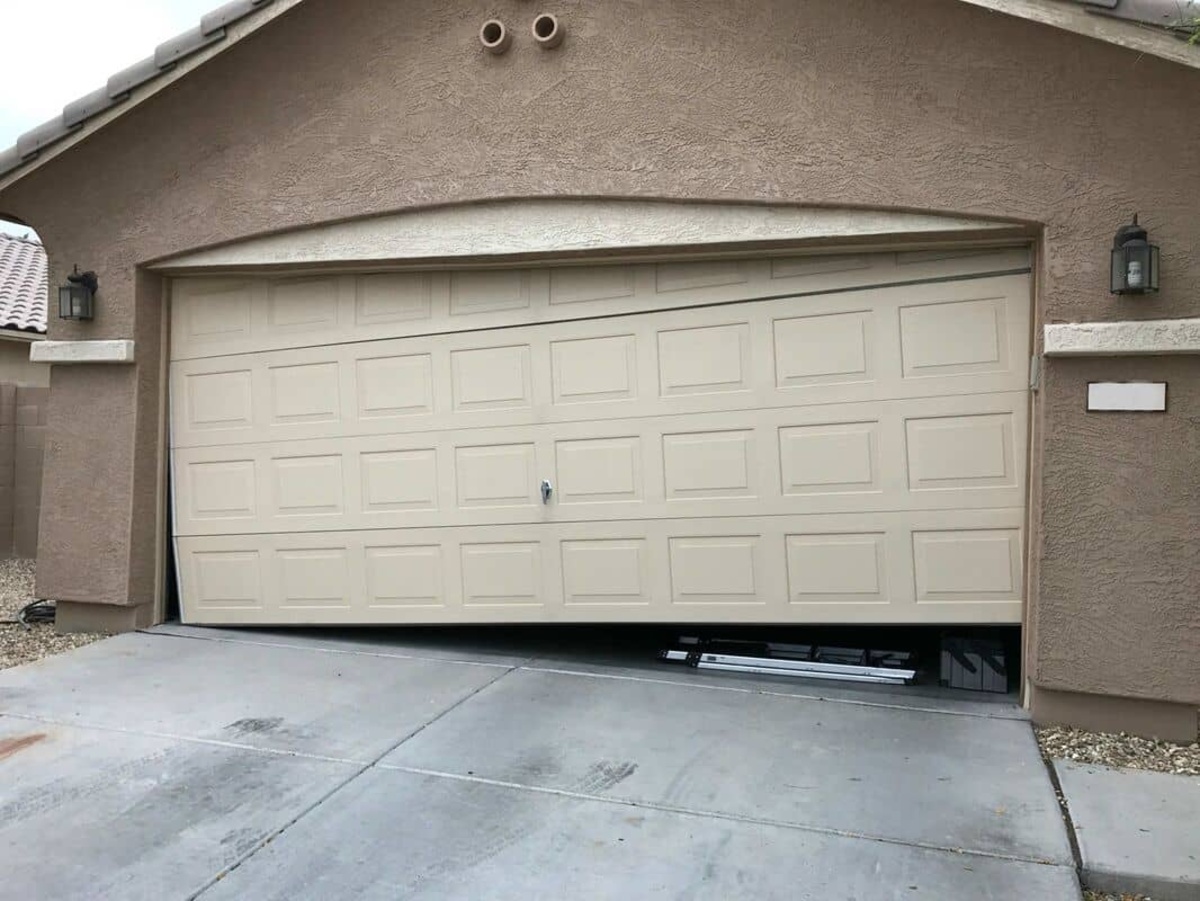

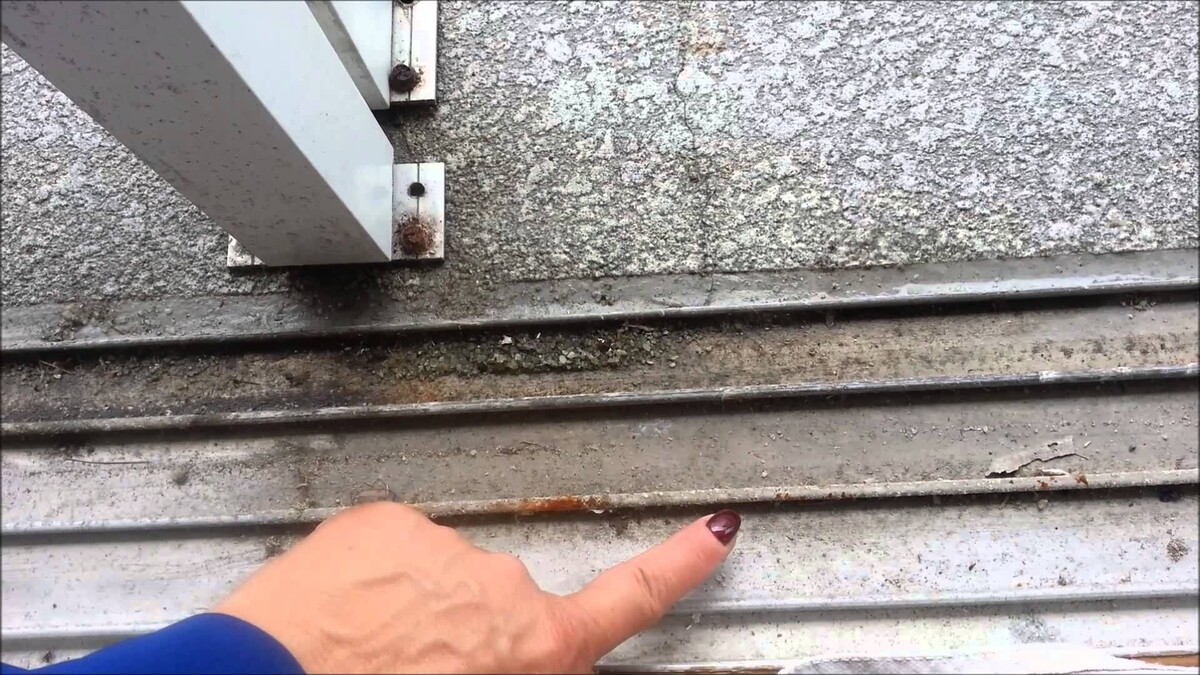

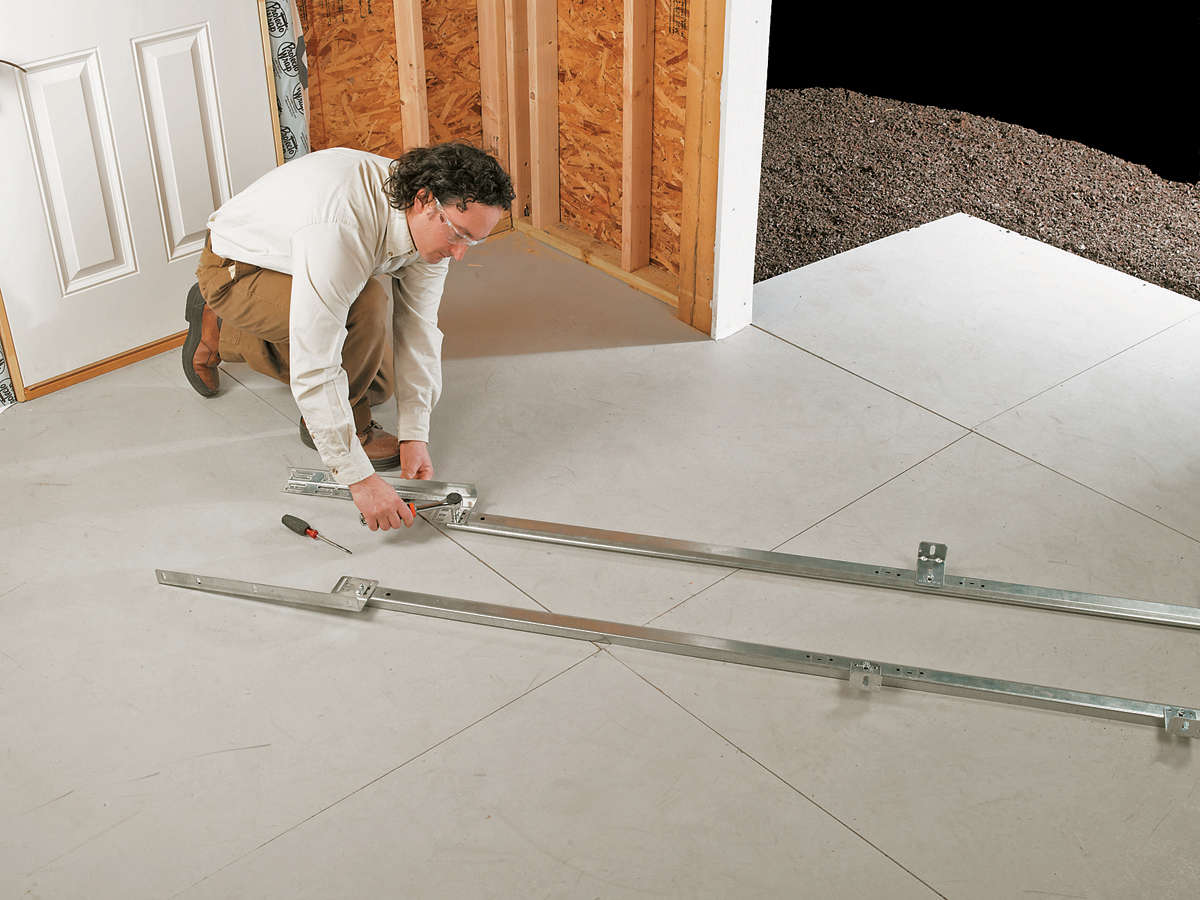
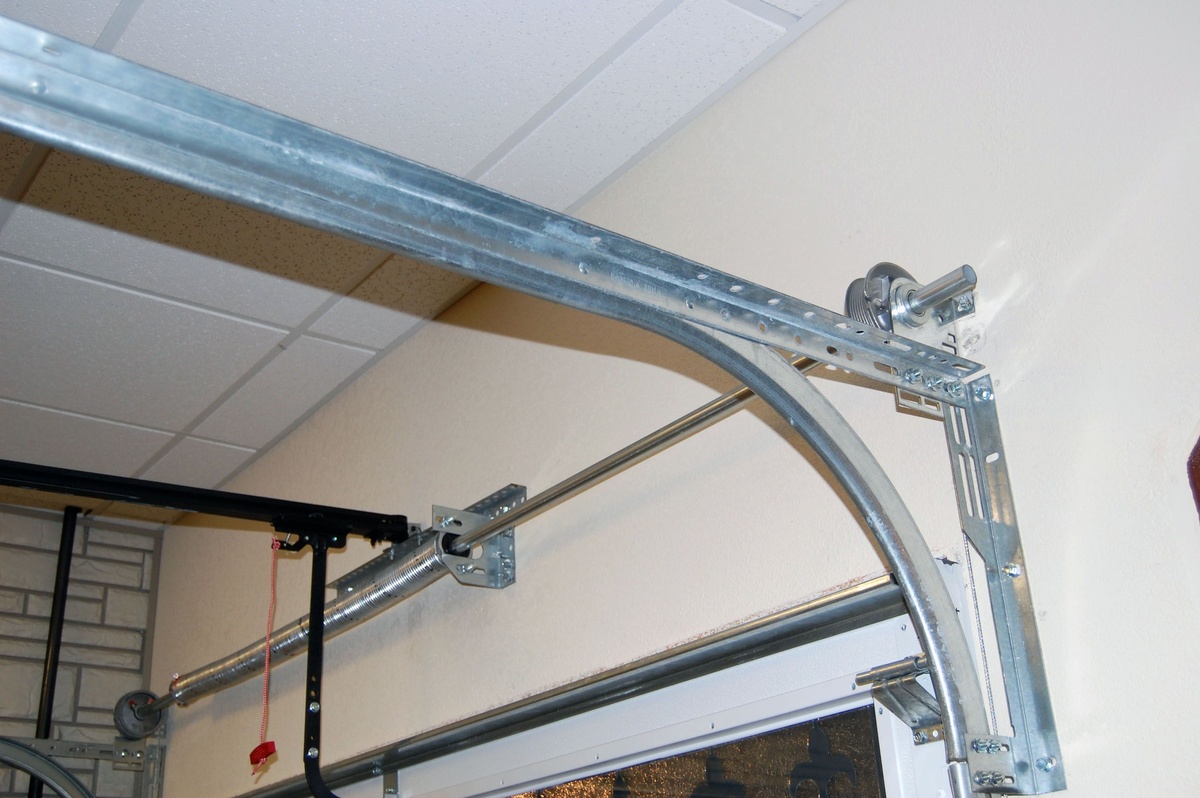


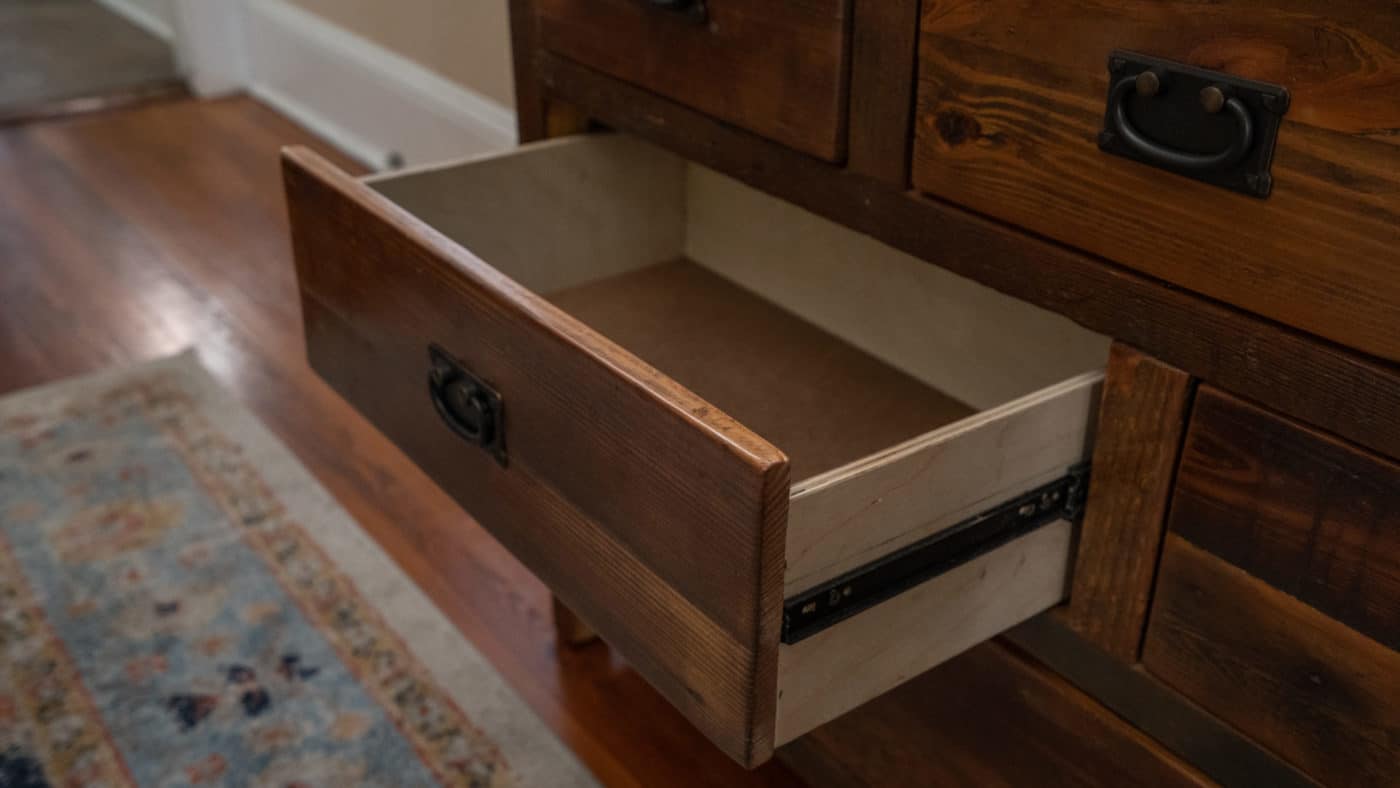

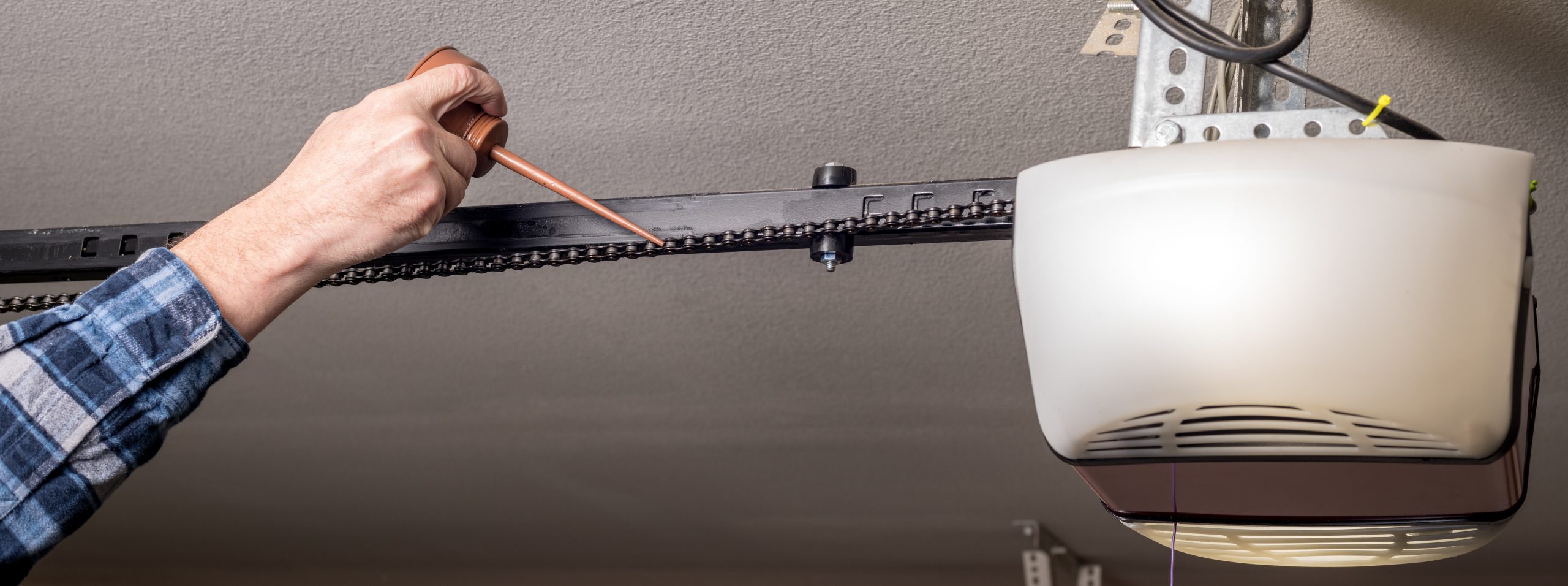
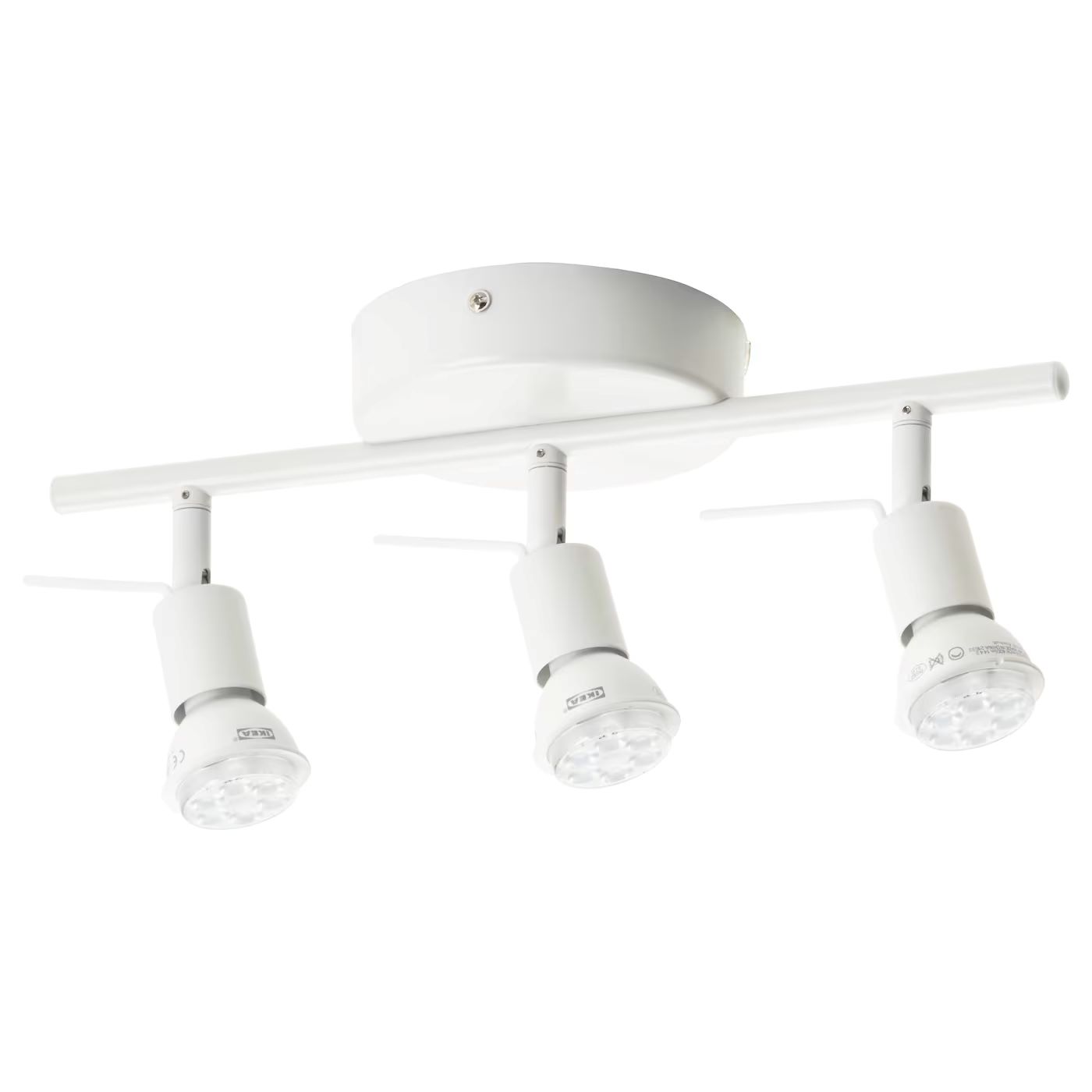
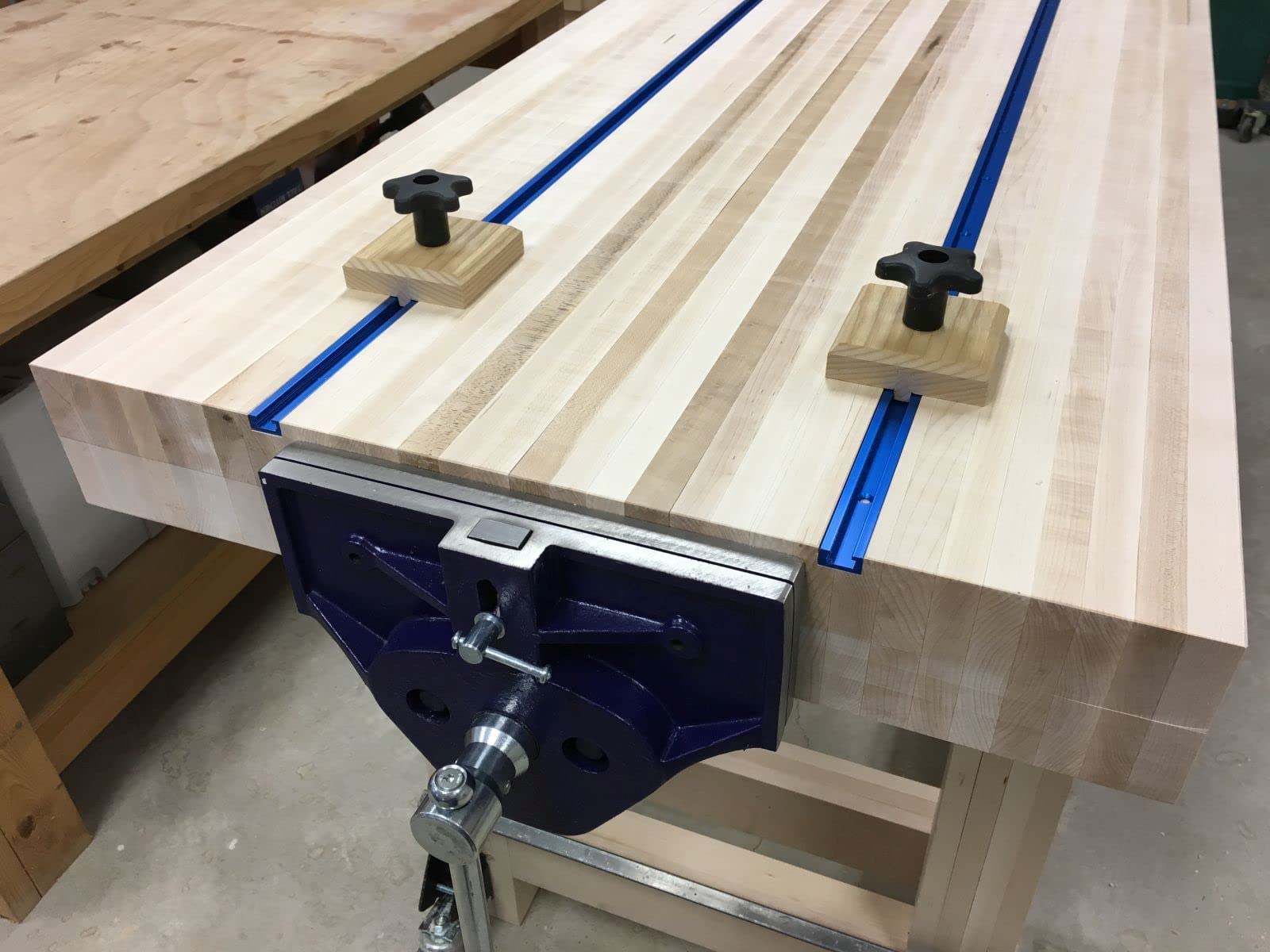

0 thoughts on “How To Track Home Repairs”